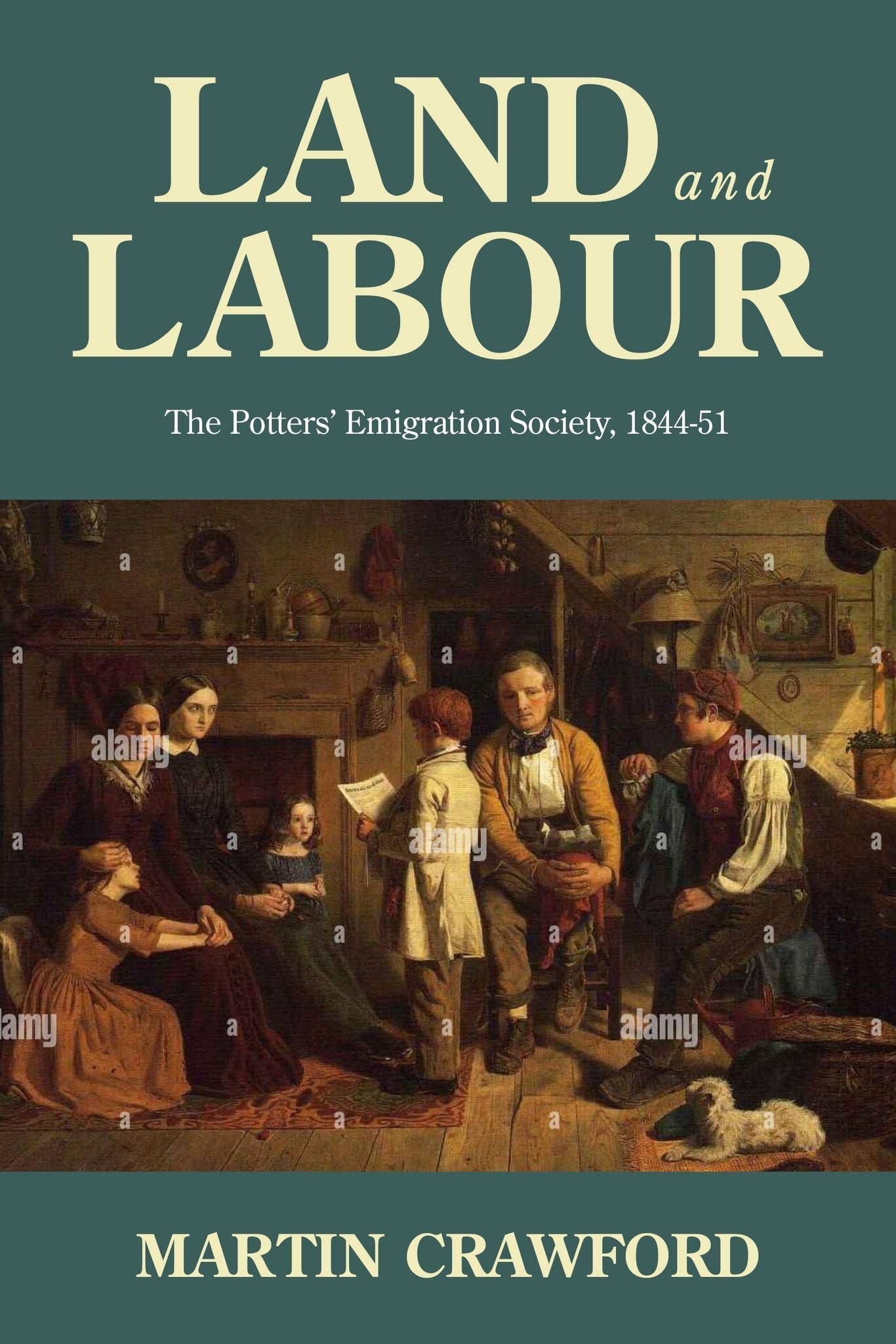We're sorry. An error has occurred
Please cancel or retry.
Land and labour

Some error occured while loading the Quick View. Please close the Quick View and try reloading the page.
- Format:
-
20 January 2026


SOCIAL SCIENCE / Emigration & Immigration, Migration, immigration and emigration, BUSINESS & ECONOMICS / Economic History, HISTORY / Social History, HISTORY / Europe / Great Britain / Victorian Era (1837-1901), HISTORY / United States / 19th Century, Social and cultural history, Economic history

‘This is top-notch research on an important topic in English and American history, full of well-told and fascinating stories. It takes a refreshing look at both industrial and agricultural history in England and America and illustrates how their cultural and economic relationship took many forms in the nineteenth century.’
William E. Van Vugt, Calvin University
Introduction
1 Industrial origins
2 1844: An emigration plan
3 1845–6: Finding land
4 1847–8: Settling the land
5 1849: Expansion and scrutiny
6 1850–1: Crisis and decline
Conclusion



